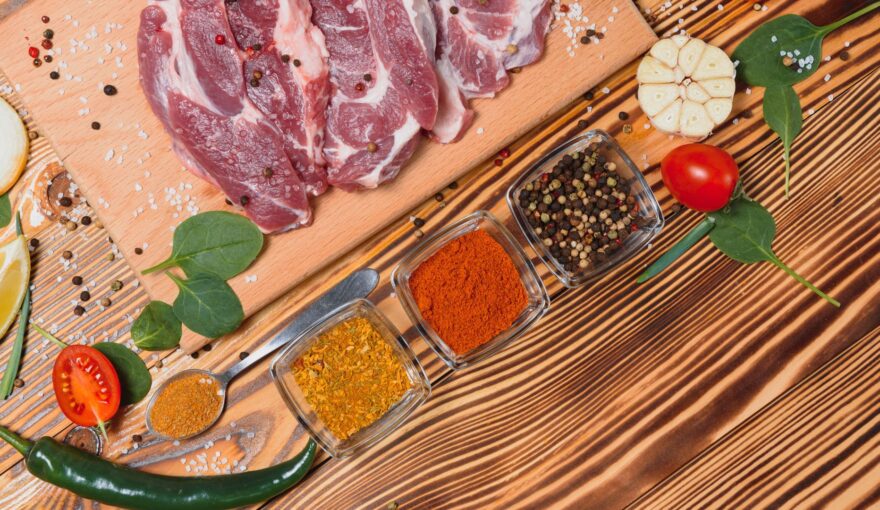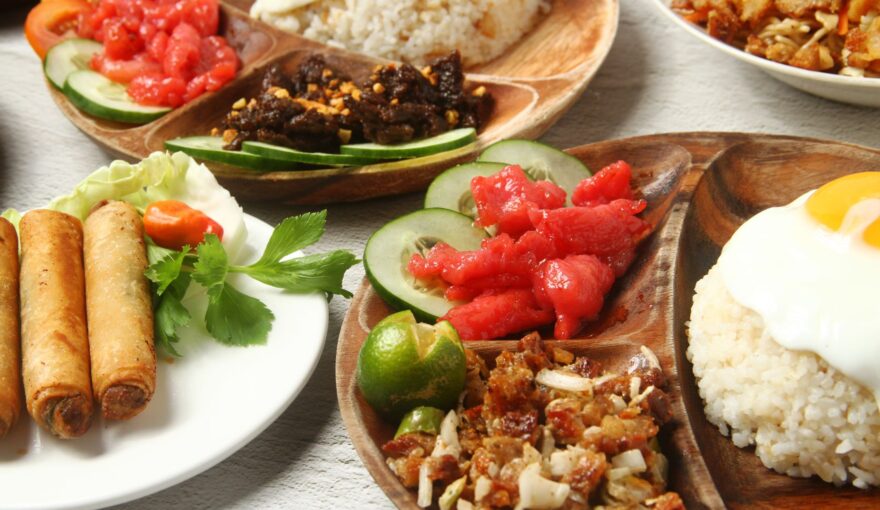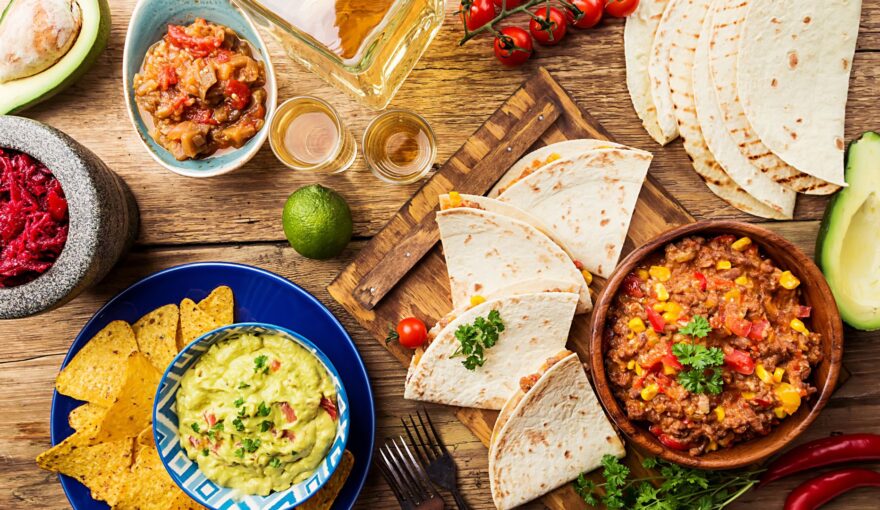The Art of Marinating: The Secret Behind Our Meats
In Latin American cuisine, the best meats depend not only on the cut or the cooking method. The real secret lies in the marinade: that process in which carefully selected ingredients completely transform flavor, texture, and aroma. At Azúcar Restaurant, the art of marinating is a tradition we follow with precision, respecting techniques that have been perfected over generations.
Below, we’ll show you why a good marinade makes all the difference and how this process is key to the quality of our dishes.
What is a Marinade, Really?
A marinade is a mixture of liquid and dry ingredients in which meats are submerged for a specific period to enhance their flavor, tenderness, and juiciness.
Not all marinades are the same; each culture has developed its own according to its ingredients and cooking methods.
In Latin American cuisine, marinades stand out for their balance of acidity, spices, and freshness. This combination is what brings to life meats like carne asada, marinated chicken, Caribbean-style cuts, and dishes inspired by Mexican and Central American cuisine.
The Pillars of a Good Latin Marinade
At Azúcar Restaurant, we use traditional ingredients, selected not only for their flavor but also for how they interact to transform each cut.
- Acidity
The acidic component is fundamental because it helps tenderize the meat.
The most common bases include:
- Fresh lime or lemon
- Vinegar
- Sour orange in Caribbean or Central American styles
Acidity opens the fibers and allows the other flavors to penetrate evenly.
- Spices and Fresh Herbs
Latin cuisine is known for its generous use of spices, especially in marinades.
Among the most commonly used are:
- Garlic
- Onion
- Oregano
- Pepper
- Cumin
- Cilantro
These spices not only provide aroma; They create a distinctive flavor profile that’s recognizable from the first bite.
- Aromatic Elements
The most complete marinades include ingredients that add depth:
- Dried or fresh chili
- Paprika
- Soy sauce or Worcestershire sauce in some modern fusions
- Oil to bind the flavors
In our restaurant, each combination is carefully crafted to achieve a balance where no single ingredient overpowers another.
Timing: The Difference Between Average Meat and a Memorable One
Marinating isn’t just mixing ingredients and waiting. Each type of meat requires a specific amount of time to absorb the flavors without losing its texture. In general:
- Chicken: between 2 and 12 hours depending on the cut
- Beef: minimum 4 hours, ideally 12 to 24
- Pork: between 6 and 12 hours
- Thicker or denser cuts: may require up to a full day
At Azúcar Restaurant, we respect these times because we know that shortening the process affects tenderness, and prolonging it more than necessary can alter the texture. Precision is part of our culinary identity.
Traditional techniques that elevate the result
Latin cuisine preserves practices that enhance the effect of the marinade:
- Marinate with fresh ingredients instead of processed mixes.
- Use freshly squeezed citrus fruits to avoid bitterness.
- Prepare small batches of marinade daily to maintain freshness.
- Marinate in cold water to prevent spoilage.
Each step is designed to preserve authenticity and guarantee a superior culinary experience.
Why Our Meats Stand Out
The difference between simply cooked meat and truly memorable meat lies in the dedication before it hits the grill. At Azúcar Restaurant, we invest time and care in every marinade because we know our customers recognize and value quality in every dish.
Each cut we serve undergoes a process that combines tradition, technique, and fresh ingredients. We leave nothing to chance: from the selection of ingredients to the precise proportions of each blend.
Come and experience the result of the true art of marinating.
Marinades don’t just transform the meat; they transform the experience.
If you’re looking for rich flavors, tender meats, and a level of quality that’s hard to find elsewhere, this is your chance to visit us.
At Azúcar Restaurant, every dish is prepared with the same dedication that characterizes the traditional cuisines of Mexico and Latin America. We invite you to discover why our meats are one of the reasons so many customers return time and time again.
We look forward to welcoming you and letting you experience the flavor that only a good marinade can offer.










